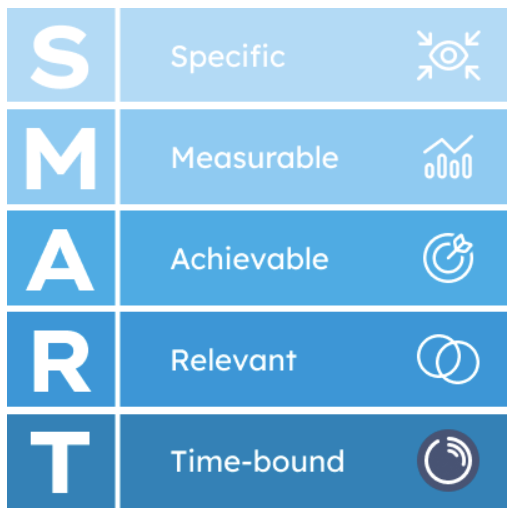A Better Approach than New Year’s Resolutions
why resolutions often fail
the power of setting achievable goals
Achievable goals, rooted in the SMART criteria—Specific, Measurable, Achievable, Relevant, and Time-bound—provide a clear roadmap for success.
Here’s how to set them effectively:
be specific
Instead of saying, “I want to lose weight,” specify how much you want to lose and in what timeframe.
For example, “I want to lose 10 pounds in three months by exercising 3 times a week and tracking my meals.” – very specific.
make it measurable
ensure it is achievable
Set realistic goals based on your current lifestyle and commitments.
If you currently exercise once a month, aiming for five times a week may set you up for failure.
Instead, consider a goal of twice a week and gradually increase as you build your routine.
relevance is key
Your goals should align with your broader life values and aspirations.
Let’s say your primary aim is to improve your mental health.
You should consider goals that incorporate mindfulness practices or social activities rather than purely physical ones.
set a timeline
Establish a clear timeframe for your goals.
This creates a sense of urgency and helps in planning.
For instance, instead of an open-ended goal of “reading more books,” aim for “reading one book a month.”
breaking it down
This is what I used the first time I started running.
staying accountable
Accountability can significantly increase your chances of success.
Consider sharing your goals with friends or family or even joining a group with similar objectives.
Regular check-ins can provide support and motivation.
celebrate small wins
As we enter a new year, let’s shift the focus from vague resolutions to setting achievable goals.
By applying the SMART criteria and breaking down our objectives into manageable steps, we can create a sustainable path toward personal growth and fulfillment.
Remember, it’s not about perfection; it’s about progress.
Here’s to a year of achievable goals and meaningful accomplishments!






